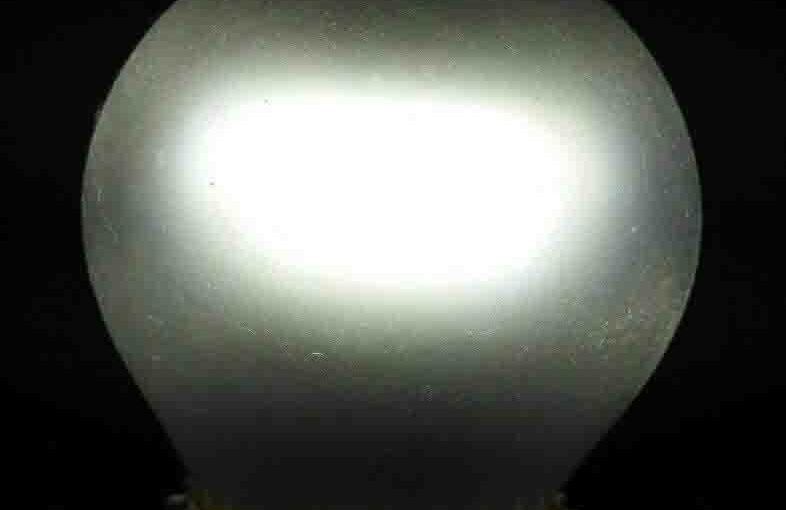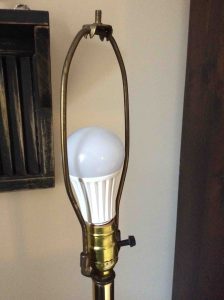These days, it’s hard to justify not switching to LED lighting; especially for larger projects that require many lights, where the lamps are hard to replace. Why not? Well, in this piece, we cover the Benefits of LED lighting, its advantages, and its features. These indeed make switching to LED hard to resist.
The longer life, cheaper costs, and lower maintenance, make LED lighting the ideal choice for most businesses and home owners. Below, we explore just some of the many benefits that LED lighting offers.
LED Lighting Benefits Advantages, Pros, and Features
These Bulbs Fit Common Fixtures
You needn’t replace your standard light fixtures and lamps to take advantage of LEDs. With little heat output, LED lights work well in most any incandescent or CFL bulb fixture. That is, so long as the LED light itself fits into that space.
LED Lighting Saves Energy
LED bulbs use 80 to 90 percent less power use than filament bulbs. So this makes LED lighting a blessing for aging power grids worldwide. By reducing energy use by this high extent, we can delay costly upgrades to city power circuits. These savings also cut dependence on foreign oil. They also slow the depletion of our own energy sources.
Benefits of LED Lighting: Cold Does Not Affect LEDs as Much
LED bulbs give the same amount of light over a wider temperature range than compact fluorescent lamps. They also give more constant light color. That is, their light color output changes very little over time.
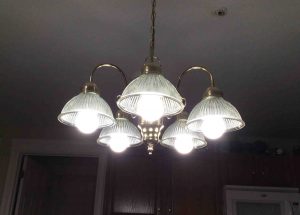
More Reliable
LED light bulbs have come a long way lately. They fail less often, and last longer. In fact, they often last as long as or longer, than advertised. They hold up better than incandescent lamps and compact fluorescents when switched on and off often.
LED Lighting Makes Less Heat
Since more of the energy they draw is converted into useful, visible light, less is transmuted into wasteful heat. This can lower air-conditioning costs in establishments and homes that replace many incandescent and CFL bulbs with LED lighting units.
Silent Operation
LED lighting runs with almost no noise. Even with a light dimmer there’s little buzzing, ringing, or whistling. Very quiet.
Benefits of LED Lighting: It Produces Less EMI and RFI
The 120 volt LED bulb units feature a series string of little LED lamps inside. By connecting them in series, the voltage needed to fully light them goes up. So, the right LED count gives a bulb that runs on 120 volts standard. It needs no electrical conditioning except for perhaps, the conversion from AC to DC. The parts to do this are simple to arrange. As a result, standard LED bulbs need no switch mode power supply drivers or ballasts. Thus, you get less radio frequency interference.

LED Lighting is Getting Cheaper
As the LED tech matures, prices are falling. You can now buy packs of two or more bulbs for lower prices than buying each lamp by itself.
Longer Lasting
Yes, some LED lights fail before expected. We’ve seen in recent years. E.g. LED Christmas lights. But in theory, these lamps should outlast incandescent bulbs by several to as much as fifteen times.
LED Bulbs Come in Many Colors
Unlike incandescent bulbs, you can buy LED lamps in just about any color from low red to high blue. E.g.
- 2700k (warm white).
- 3000 K (less warm white).
- 5000 K (cool white).
- 6500 K (daylight white, which is a sky-blue shade of white).
- 6800 K (the deep sort of blue you see in Christmas decoration displays).
Bulb makers tried this with incandescent lamps. But they never got the colors above 3000 K or so, to work nearly as well. Efficiency and life span of incandescent bulbs drop as you move their color output more toward blue. LEDs are highly efficient though, no matter the color output.
Benefits of LED Lighting: It Offers Instant, Full Brightness
Whether hot or cold climates, LED lamps illuminate to full brightness instantly upon energizing. No warm up time required, and they provide steady, fluctuation free lighting. Usually no flickering. If you do observe flicker, you may be running a dimmer on a non dimmable LED light. Also, flickering is a sign that the bulb itself may be burning out. This makes LEDs great for outdoor applications such as the headlights in cars, street lighting, and residential porch illumination.
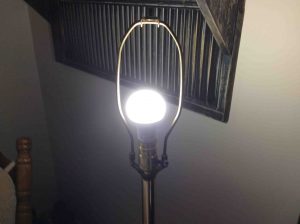
Less Light Loss as Bulbs Age
In older filament bulbs, metal deposits build up on the inner walls of incandescent lamps over time. These cause loss of light output.
But LED light bulbs suffer less from this. Instead, they burn nearly as bright at the end of their lives as when new. But breakdown of the plastic housing and reflectors may cause some dimming and color changes over time.
Long Extinguishing Time
Some of today’s LED lighting have phosphors that keep glowing for a few milliseconds after you switch off the power. Then, the output dims down that same way and incandescent bulb does as its filament cools off. This helps further solidify the light. How? By guarding against AC flicker that it so often seen in those old fluorescent lamps.
LED lighting is More Rugged
No delicate glass tubes to break. LED globes are built of thick metals and hard plastics, that resist shattering. Also, with less electronics and glass, LED bulbs fail less than other lamps.
Benefits of LED Lighting: It’s Safer for the Environment
You should recycle LEDs. But unfortunately, recycling stations have not yet been set up in many market areas. So you must store burned out bulbs until such facilities appear in your area. Fortunately though, LED bulbs have no hazardous gasses. And since they’re hard to break accidentally, storing them for a time should pose few problems.

More Even Light Distribution
Modern LED lamps radiate their light about equally well in all directions (omnidirectional) as candles and incandescent bulbs. Uniform solid state lighting.
Improving LED Lighting Technology
Over time, efficiencies in LED lighting have risen, in terms of energy consumption as well as initial purchases prices. This trend will likely continue for the foreseeable future. So obsolescence should not occur for at least a decade, and probably more.
Related Posts to Benefits of LED lighting.
- LED Light Bulb Picture Gallery
- Review: CREE™ A19 BA19 60w LED Soft White 2700k Dimmable Light Bulb for Indoor or Outdoor Use
- Cree™ 100w LED Soft White 2700k Dimmable Light Bulb Review
- Philips LED A19 100w Daylight Light Bulb Review
- Outdoor Christmas Light Decorating Ideas Pictures
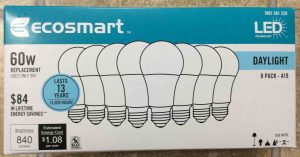
References for Benefits of LED Lighting
- Benefits of LED Lighting from Myledlight.com
- LED Lighting from Energy.gov
- LED Lighting on Wikipedia
- Top Ten Benefits of LED Lighting from LEDLuxor.com
Revision History
- 2019-06-04: Added key phrase targeting for ‘Benefits of LED Lighting’ removed ad code, and added more tags and links.
- 2017-01-19: Originally published.
